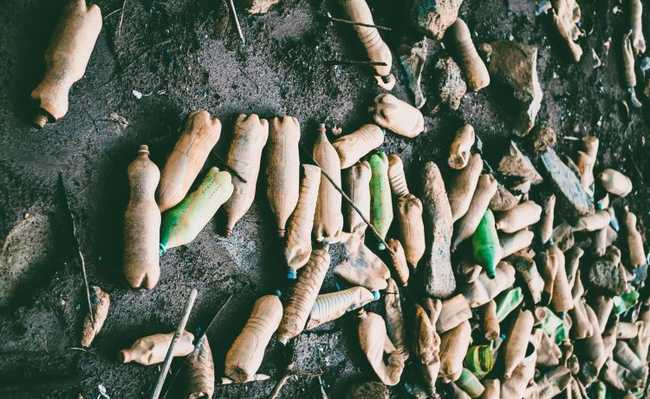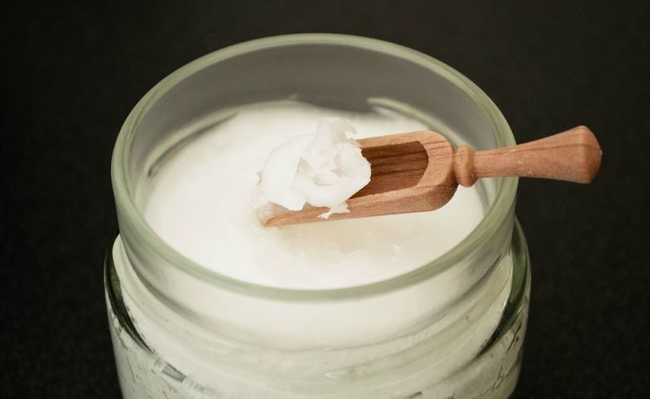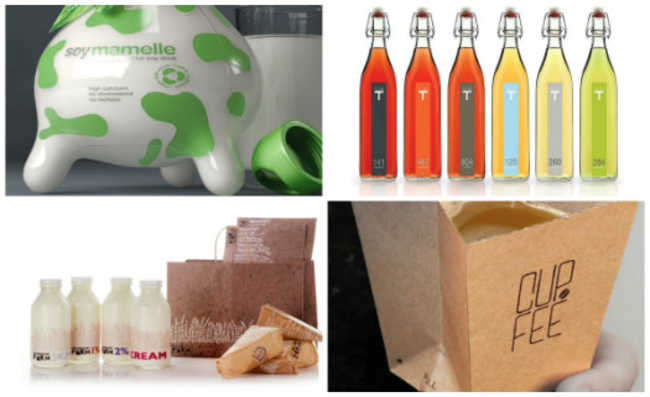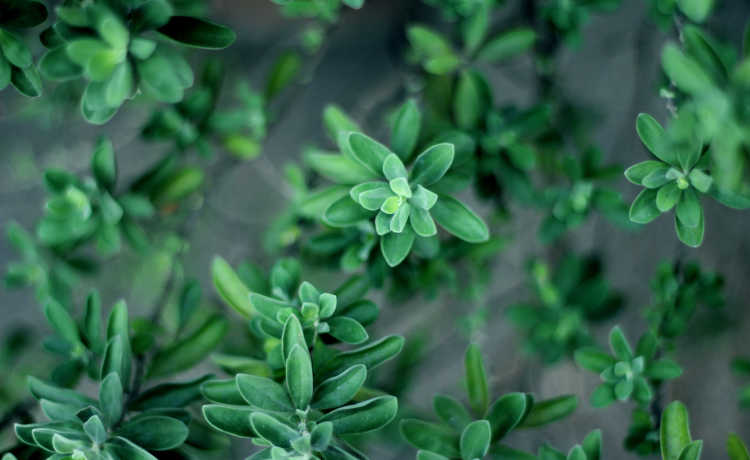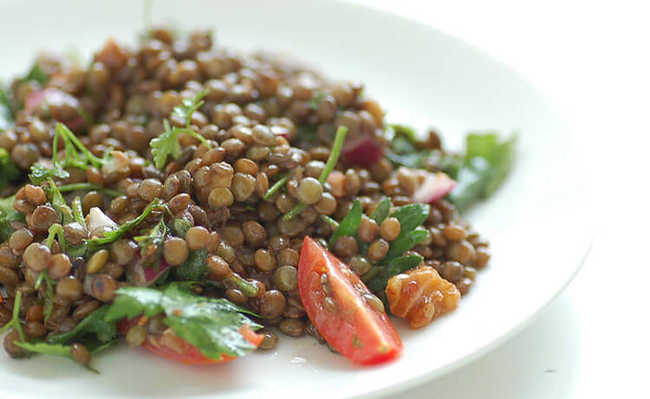How to identify PVDC before purchasing a product?
Found in many packages, PVDC is a difficult plastic to be recycled and, if incinerated, releases dioxins

eCycle image
Flexible packaging is gaining space on the market's shelves. They are types of packaging used to store sauces, preserves, cosmetics, cleaning products, among others (figure above). Flexible packaging is usually composed of layers of different materials, as they are able to offer physical protection to the food.
Many manufacturers and suppliers claim that flexible plastic packaging has significant environmental advantages:
- They use less plastic than normal packaging, therefore less raw material;
- Decrease in waste generation;
- Decrease in final disposal in landfills;
- Less energy used in production;
- Less energy spent on logistics, its flexibility can optimize transport space, and it is possible to store more products at once;
- Increased product shelf life due to the ability to preserve food;
- More functional design, allows the complete withdrawal of the product;
- Decrease in waste.
In other words, such packages seem to be a great option for sustainable consumption. But it's not that simple... Flexible packaging has material mixtures in its layers. One of the most used materials as a coating is PVDC (polyvinylidene chloride), also found in the plastic part of medicine packs (blister packaging). PVDC is a plastic used in film form that has a high potential to preserve the packaged product, usually accompanied by layers of PET (polyethylene terephthalate), PVC (polyvinyl chloride), BOPP (biased polypropylene film) or PP (polypropylene ).
It is not new that we know that these multilayer packages are a problem for the environment. The layers are difficult to be separated and recovered - this is the case of the controversial milk box (learn more here). But unlike the long life box, which can now be recycled, PVDC, being a very thin layer, does not have a viable technology to be applied for its recovery. Thus, these packages often end up in landfills without any reuse or are incinerated, releasing dioxins that are very dangerous.
How can I help?
Knowing how to identify PVDC and better choose the packaging of the products you will buy (know the types of plastic) are good ways to help. To facilitate the recycling of plastic products, the packages have an identification code, a number from one to seven within a triangle made of three arrows, with the resin abbreviation written below (ABNT NBR 13230).
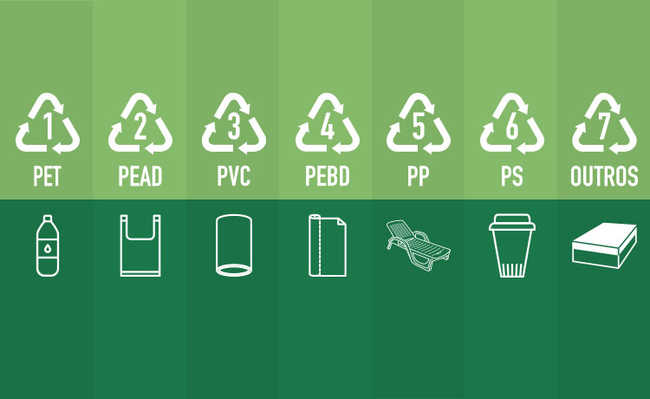
eCycle image
This symbology applied by the manufacturers serves only to indicate the plastic used in the packaging; in cooperatives, the separation of types of plastic is guaranteed, enabling recycling. But, unfortunately, there is still a lack of standardization and information about the symbology of flexible packaging in Brazil. A study of the Brazilian market indicates that less than 50% of flexible packaging have identification and another 30% are incorrectly identified.
In multilayer packages containing PVDC and others, the ideal would be to indicate the symbol 7 (others) and the abbreviation of the most used resins (ex: PET/PVDC). Thus, the consumer would know exactly what material he is buying and could opt for one that is easier to be recycled.

eCycle image
So what we can do is look at the symbology behind the packaging when shopping and keep in mind that:
- The number seven with more than one resin written on means that the material is more complex, and that this makes recycling more expensive;
- No identification will likely cause this packaging to be unrecycled.




